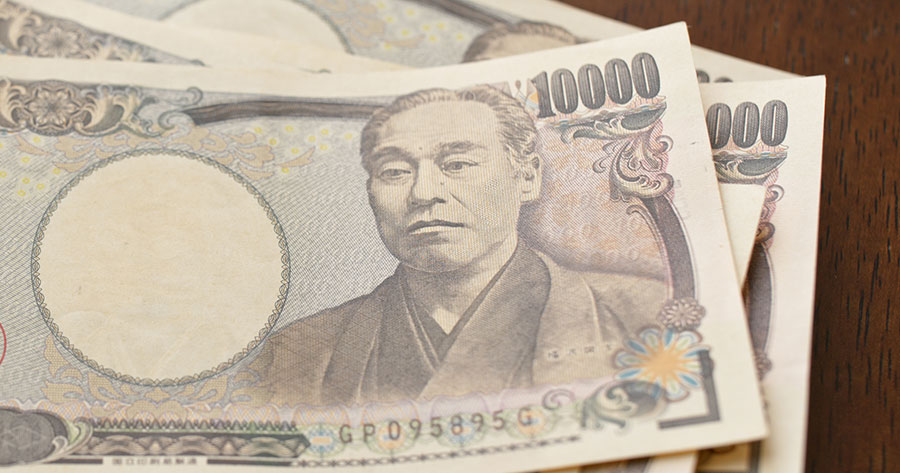In Monday morning trading in Asia, the Japanese yen has depreciated to 160 against the U.S. dollar, reaching its weakest level since April 1990 when it touched 160.15, according to FactSet data. This decline has been attributed to the ongoing strength of the U.S. dollar as Federal Reserve rate cut expectations are delayed. Friday saw the Fed’s preferred inflation measure slightly exceeding expectations, emphasizing the challenges faced by the U.S. central bank in addressing persistent inflation.
The yen has been hovering around 150 or weaker against the dollar following the Bank of Japan’s termination of its negative interest rate policy in March. Despite maintaining rates last Friday, the central bank slightly adjusted its inflation forecasts for fiscal 2024.
During a press conference on Friday, BOJ Governor Kazuo Ueda conveyed that exchange rate fluctuations would impact monetary policy only in the event of a “significant” impact on the economy. Ueda highlighted that if yen movements have a substantial effect on the economy and prices, it could warrant a policy adjustment.
While Japanese authorities have cautioned against “excessive” yen movements, there have been no official statements regarding efforts to strengthen the currency. Market speculations of intervention at the 155 level were not realized as the yen declined past that threshold last week. Japanese markets are closed on Monday for a public holiday.




